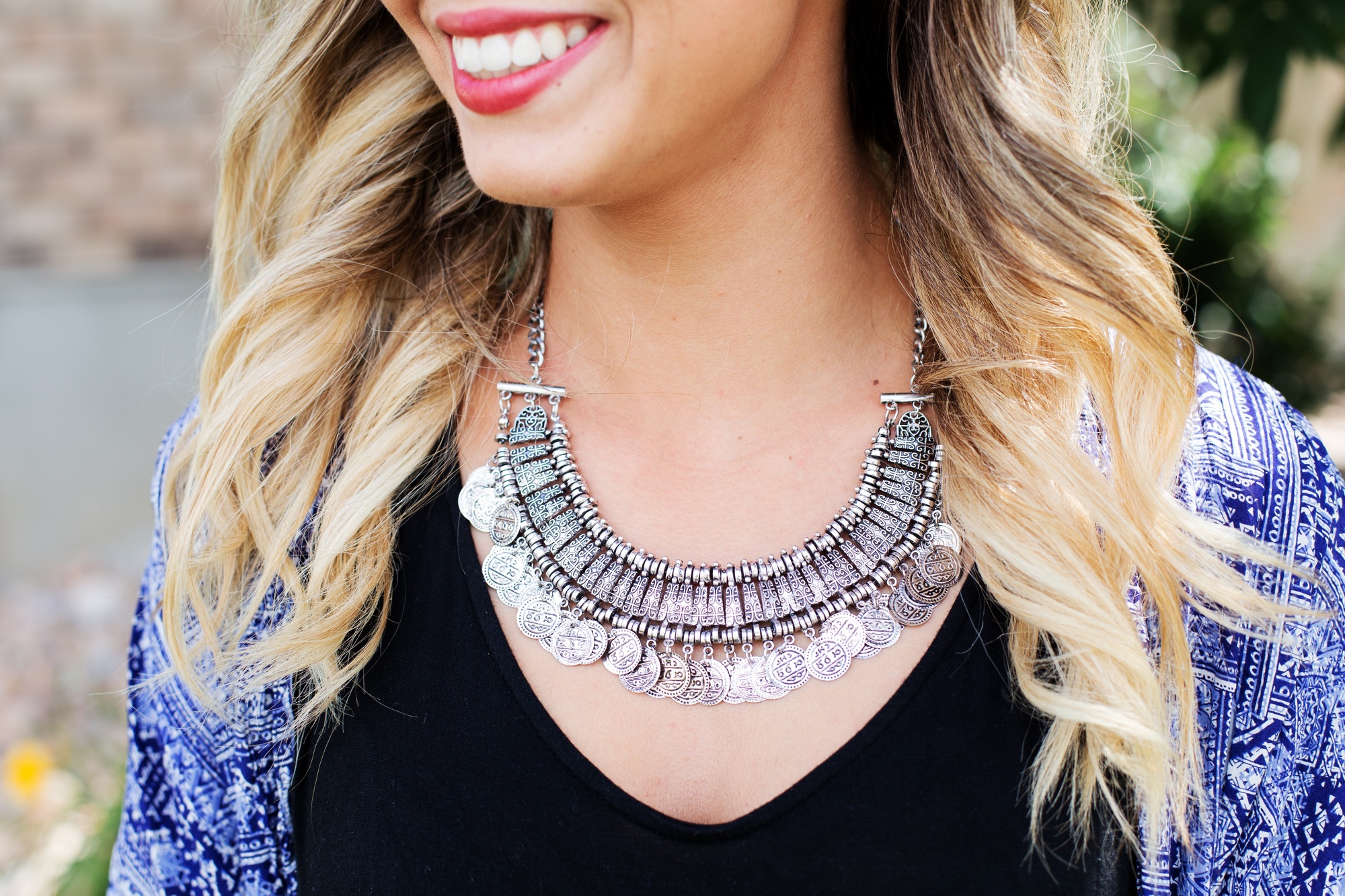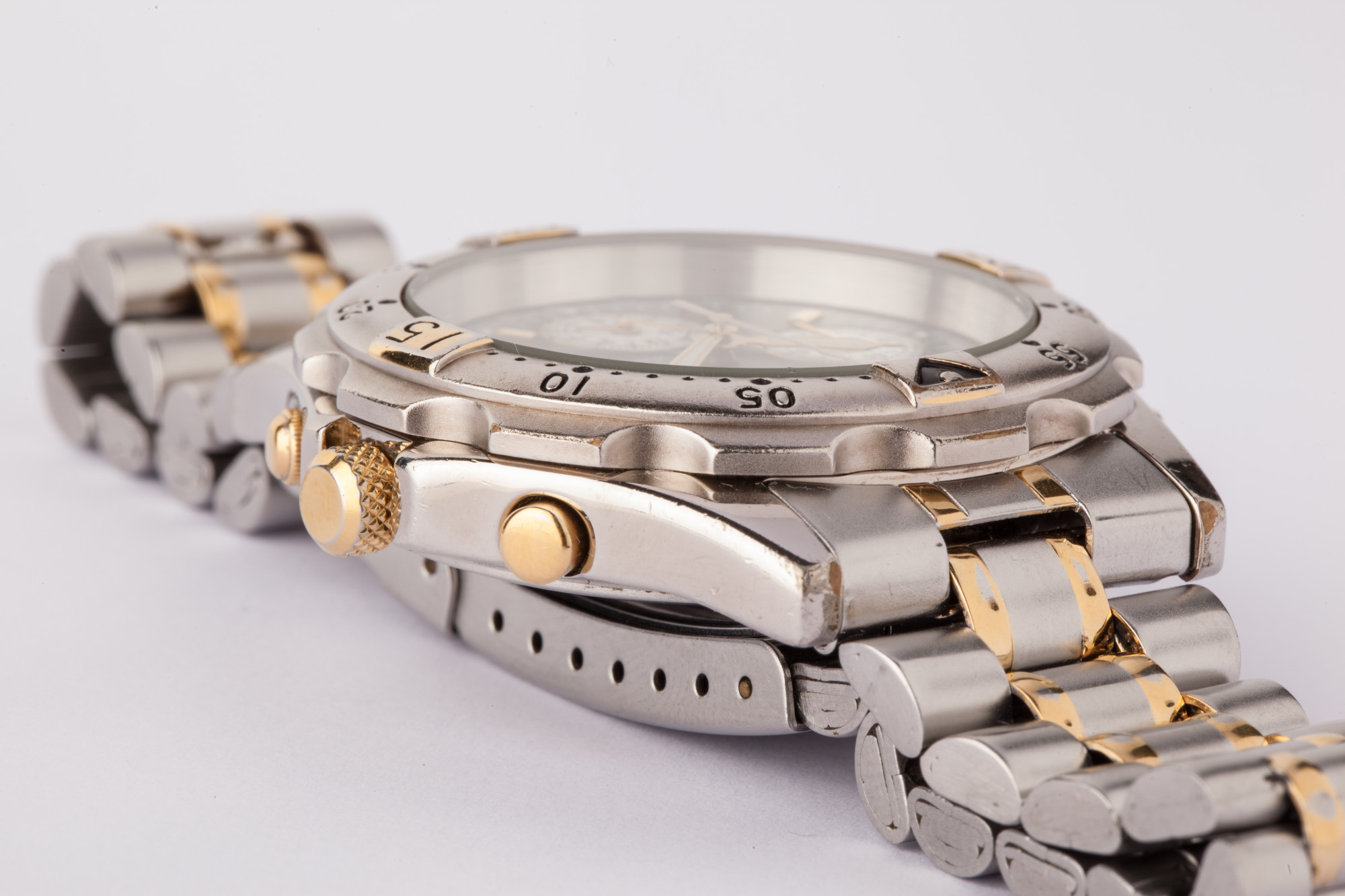How to Wear Jewelry for a Formal Event: Everything You Need to Know

Do you find yourself putting on your diamond earrings to run to the grocery store? Probably not, right?
That’s because you understand how to wear jewelry in relevant context/environments. But not everyone gets it or had the chance to learn for themselves.
So, learn what bling to wear, where, in this guide.
The Different Dress Codes: How to Wear Jewelry that Matches
Your diamond earrings don’t belong at the office as much as those silicone for-a-cause bracelets don’t belong on the red carpet. Or at someone’s wedding.
When you see a place or event has a dress code, people don’t know that it applies to jewelry too. Well, most people – and you were probably one of them.
But after this article, you won’t be, so let’s get to the rules below.
Casual/Daily Wear
If you’re running errands or going into the office, no one really cares what you wear. If you want to throw on a pair of diamond studs with your yoga pants, it’s unlikely anyone will notice.
That’s because stud earrings are acceptable in just about every venue.
But you wouldn’t want to throw on a tennis bracelet or expensive statement necklace for errands. Not only are these bad choices because they’re too fancy – but what if they get damaged?
Imagine you’re trying to carry (always) too many grocery bags to the car and one of the bags snags on your nice bracelet. The stone falls out or the whole thing comes off.
Are you going to notice that there, in the parking lot? Probably not, which means that stone is gone for good.
And accidental loss or damage isn’t the only thing you have to worry about. Depending on where you live, it can be dangerous to wear fancy jewelry around town.
A thief or a mugger might see your bling as a reason to break into your car or follow you home.
When it comes to casual wear, keep it subtle and relatively inexpensive. Your nicer pieces will last longer when you’re careful about where you wear them, as an added bonus.
Imagery on Jewelry
We know you’re probably a classy person, but there are some pieces out there that can offend other people. If your jewelry isn’t safe for work, don’t wear it in public.
That means representations of rude gestures, anything shaped like sexual references or body parts, or things with offensive words. Those pieces should be saved to wear to parties in a well-known or otherwise understanding company.
Semi-Formal Event Jewelry
If you’re going out for a nice dinner or to an event that cites “semi-formal” or “smart casual” dress wear, you can really do it up. You won’t wear quite as nice or quite as many pieces as a formal event, but you can bring out a statement necklace, for sure.
When it comes to wearing multiple items, make sure there’s a balance. You don’t want to wear a statement earring and statement necklace at the same time. A statement necklace goes well with simple studs and hoops.
If you’re doing a big earring, go with a delicate necklace or none at all. Big earrings are a good way to balance out a nice bracelet when you want more bling but want to keep it balanced out.
Men’s necklaces can have a place at semi-formal events if they’re simple chains or links. Most men who wear jewelry make sure the piece can hide under their shirt collar if need be.
Formal Occasions
The main difference between semi-formal and formal jewelry is the material. You’ll want to wear your higher-quality and more expensive pieces for formal events.
That means diamonds, pearls, or at least real silver/gold. The same rule for balance goes, but you’ll need to take your dress hemline/cleavage into account.
Learn about the right necklaces for different necklines below.
Necklaces and Necklines: Coordinated Pairings
Different necklines call for different necklace pairings. You’re not going to wear a choker with a turtleneck sweater or dress.
What would you wear? Here’s your guide.
Deep Necklines
When you’re wearing a top or dress with a plunging or deep neckline, you have some room to play with. That means you can wear chunkier and shorter jewelry than you could with other shapes.
Depending on the size of your decolletage and your neck, you should look for everything between chokers and necklaces 20 inches in length. Sixteen or seventeen inches is the perfect complement to deep necklines. (For the average neck).
Or, if it’s a relatively subtle plunge, you can go longer – choose a necklace that hits at the bottom part of your breasts.
Longer necklaces bring the eye down and create a slimming appeal.
Crew and Boat Necks
When you have a dress or a shirt that comes closer to the neck, you want to wear less chunky jewelry than you would with deep necklines.
Or – you want to make sure that chunky jewelry is approximately the same length as where your collar hits.
Since boatnecks show a little more skin, you can get away with a longer necklace. the long, vertical line will balance out the broad-shouldered boatneck look.
Another option, with a high neckline, is to avoid necklaces all together. Instead, you should wear a pair of statement earrings, the more dangle the better.
Oxford Collars and Cowl Necks
When you’re wearing something that shows just a bit of skin, like a classic dress shirt or cowl neck, keep the necklace small. It should be short enough to see the charm in the small, visible gap of skin.
Depending on your office you may be able to get away with a longer necklace, but a short delicate one with a visible charm is the best bet.
Choosing Your Outfit
You can choose how to wear jewelry in one of two ways. Either plan your outfit around the bling or plan your outfit and then choose accessories.
Most people do the latter, but maybe you just got a new pair of earrings you want to show off. It’s up to you – just remember to keep things balanced and dress-code appropriate.
Want more useful tips for daily life? Click here.



